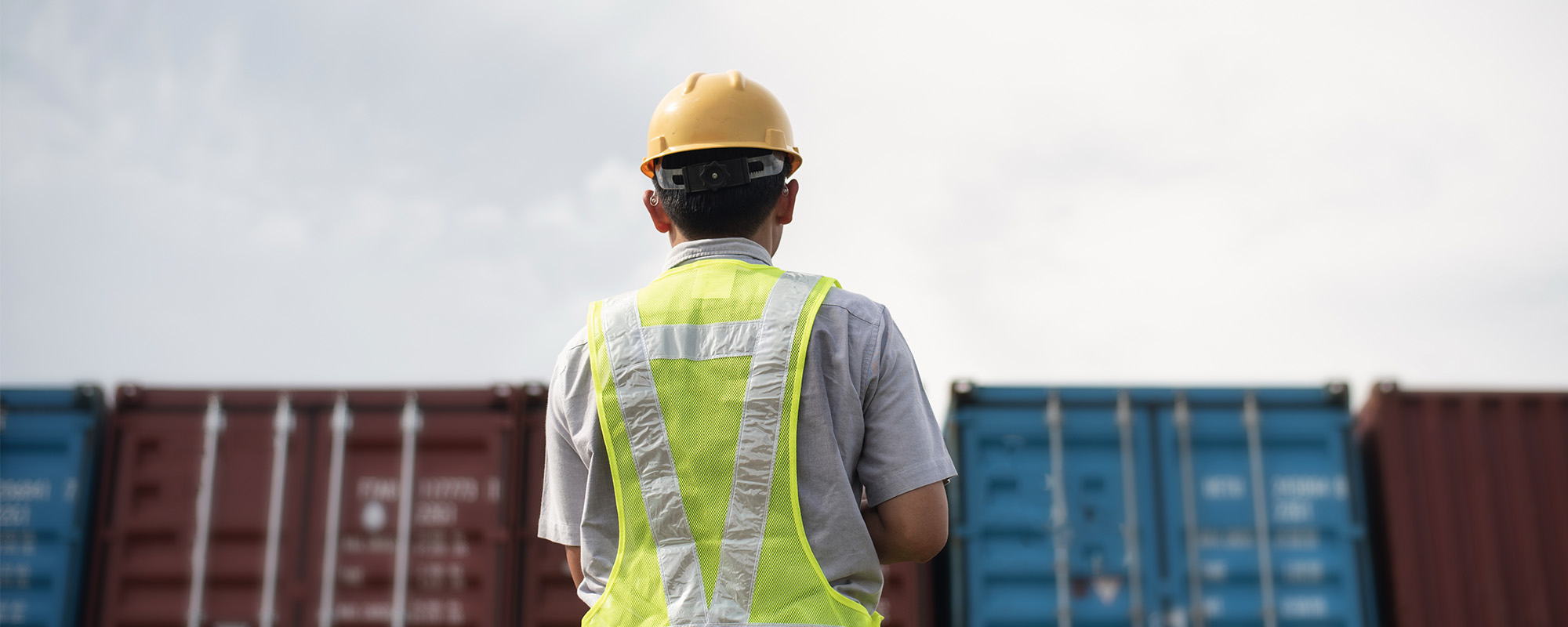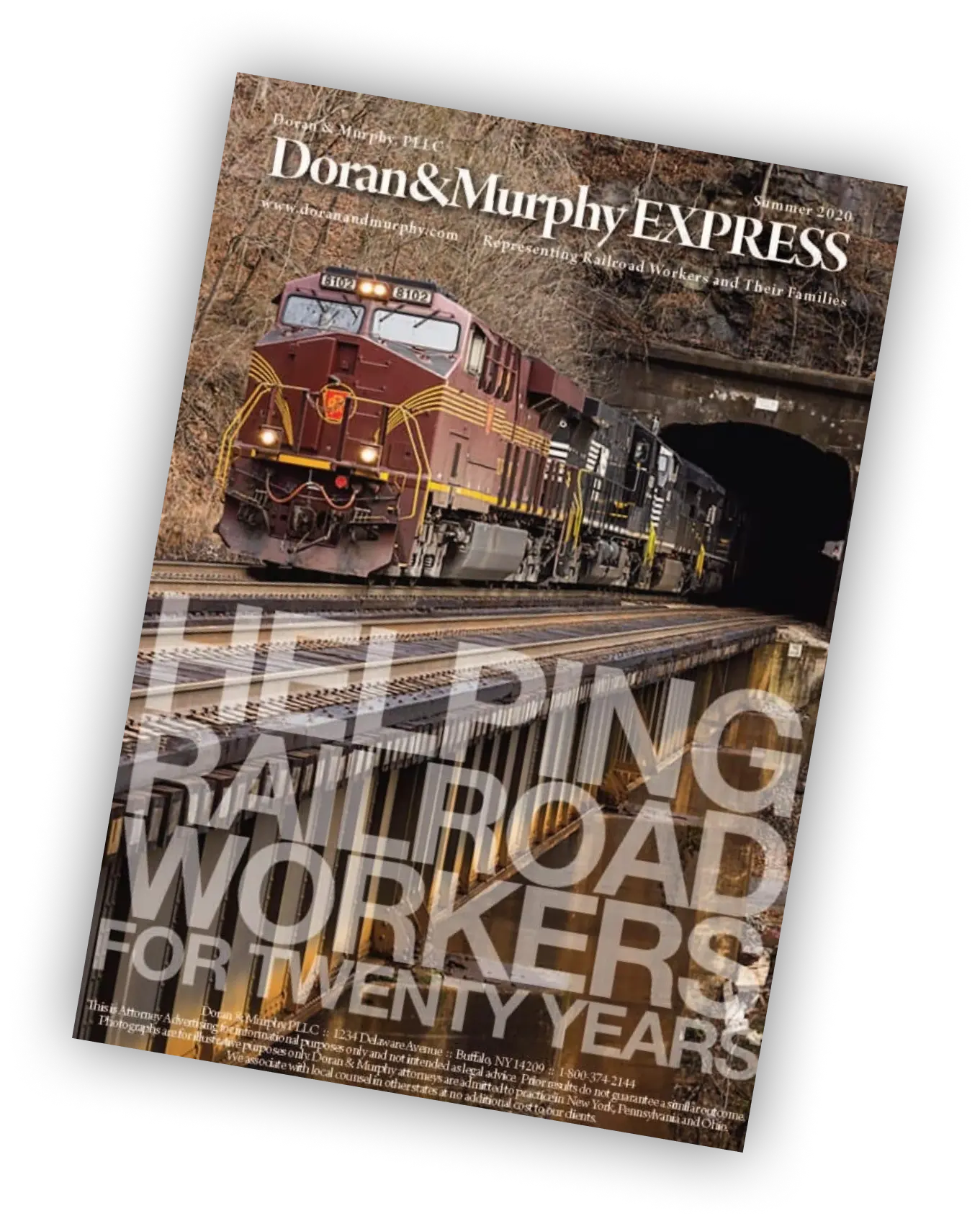
Anyone can suffer a railroad injury. Railroad injuries can happen anytime and anyplace on the railroad. Whether you are a trainman, a track worker, a shop worker or a clerk, the railroad is a dangerous place and injuries happen. When workers in other industries are injured, state workers’ compensation law pays them lost wages and medical expenses. Injured railroad workers, however, are not eligible for state workers’ compensation and must look to the Federal Employers Liability Act (FELA) to recovery for their injuries. The FELA allows workers to bring individual claims and/or lawsuits against their railroad employer when they are injured as a result of the railroad’s negligence. This means that when you are injured while working for the railroad, you have the right to retain an experienced FELA attorney to get compensation for you.
Railroad accidents can happen in a variety of ways. One of the most common types of railroad injuries is switching injuries. Railroad switches often are operated manually. Cumbersome, steel

Finally, slips, trips and falls are very common types of common railroad accidents. Particularly in train and engine service, workers are often climbing on and off engines and other equipment. The risk of a fall is always present in these situations. Slips and trips are also a common problem. Engineers and conductors often work in close quarters on locomotive engines. Surfaces are often covered with grease or other debris. This poses a danger to workers walking in the area, so much so that the Federal Railway Administration (FRA) has long regulated locomotive cabs. Federal regulations require:
§ 229.119 Cabs, floors, and passageways . . .
(c) Floors of cabs, passageways, and compartments shall be kept free from oil, water, waste or any obstruction that creates a slipping, tripping or fire hazard. Floors shall be properly treated to provide secure footing.
This means when workers are injured as result of slipping or tripping hazards in locomotive cabs, floors or passageways, federal regulations have been violated. When the railroad violates





